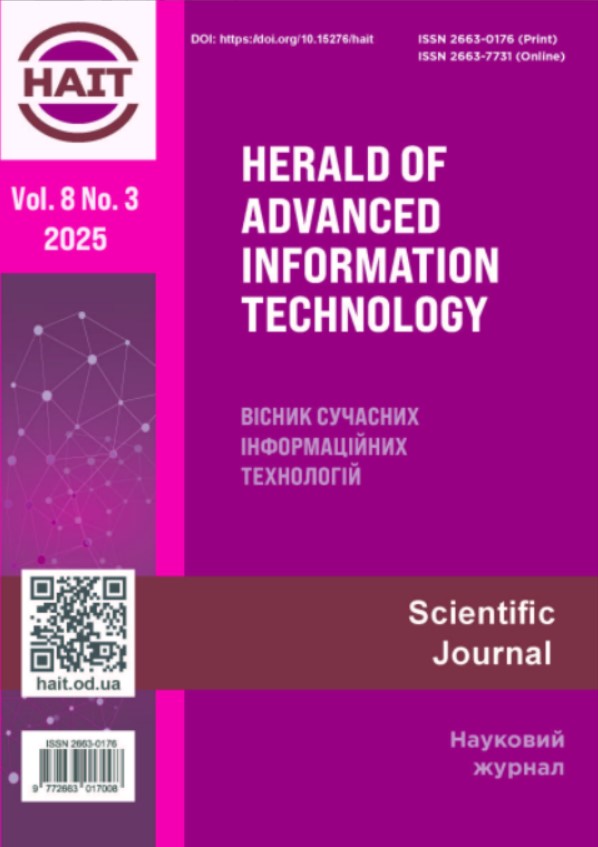Development and optimization of distributed high-performance systems with real-time data consistency
Main Article Content
Abstract
This article examines the theoretical and applied aspects of building distributed high-performance systems capable of processing large volumes of data with minimal latency while maintaining real-time consistency guarantees. The relevance of the research is determined by the rapid growth of data-intensive domains such as high-frequency trading, telemedicine, smart cities, the Internet of Things, and autonomous transport, where even millisecond delays can have critical consequences. The study focuses on the analysis of modern architectural models, including microservices, CQRS, Lambda and Kappa architectures, and event-driven systems with Apache Kafka. Methods of performance optimization are explored in detail, covering asynchronous request handling, caching, replication, and load balancing, with special attention to edge computing and 5G-based infrastructures. Particular emphasis is placed on theoretical and practical aspects of data consistency, including CAP-theorem (Consistency Availability Partition tolerance) trade-offs, consensus algorithms (Paxos, Raft), and CRDT (Conflict-free Replicated Data Type) structures. The results demonstrate that no universal architectural solution exists, but hybrid approaches combining strong and eventual consistency models can ensure reliability in mission-critical domains. The proposed analytical model for evaluating performance under different workload profiles enables the selection of optimal system configurations, balancing throughput, latency, and consistency requirements. The scientific novelty of the research lies in the integrated framework that unites architectural patterns, optimization techniques, and consensus mechanisms, as well as in the development of an analytical evaluation model that had not been sufficiently presented in previous studies. The practical significance is manifested in the formulation of recommendations for the design of fault-tolerant, scalable infrastructures for finance, telecommunications, healthcare, IoT, and smart cities.



